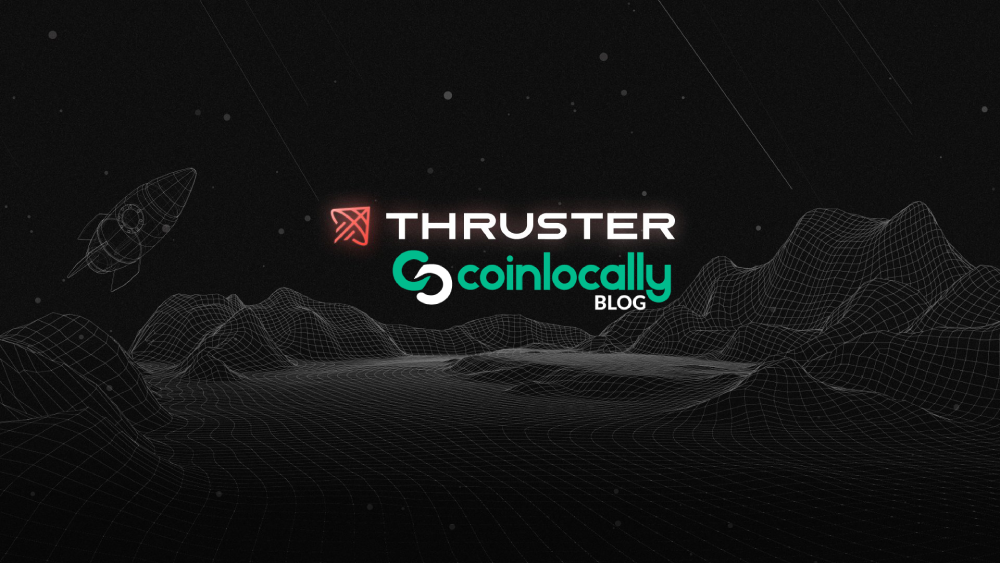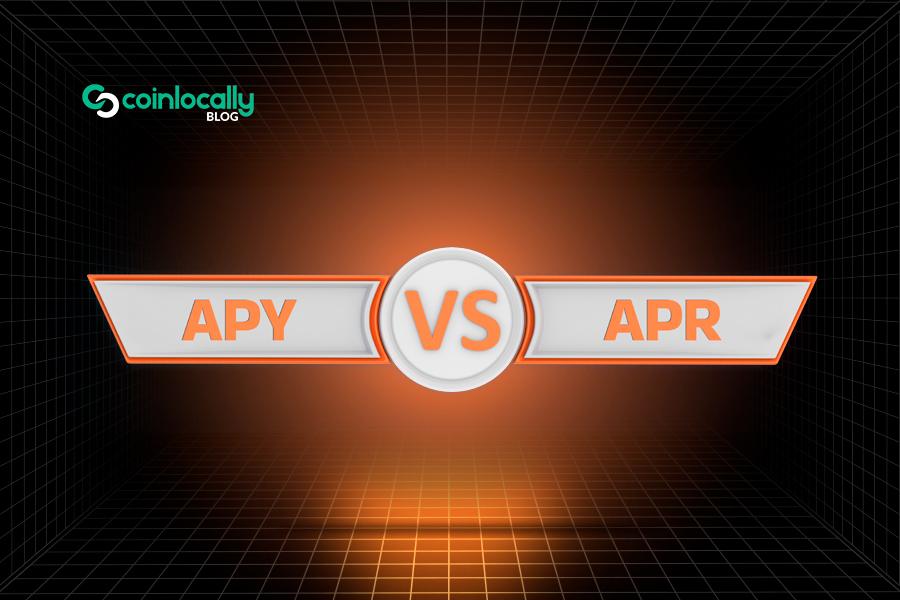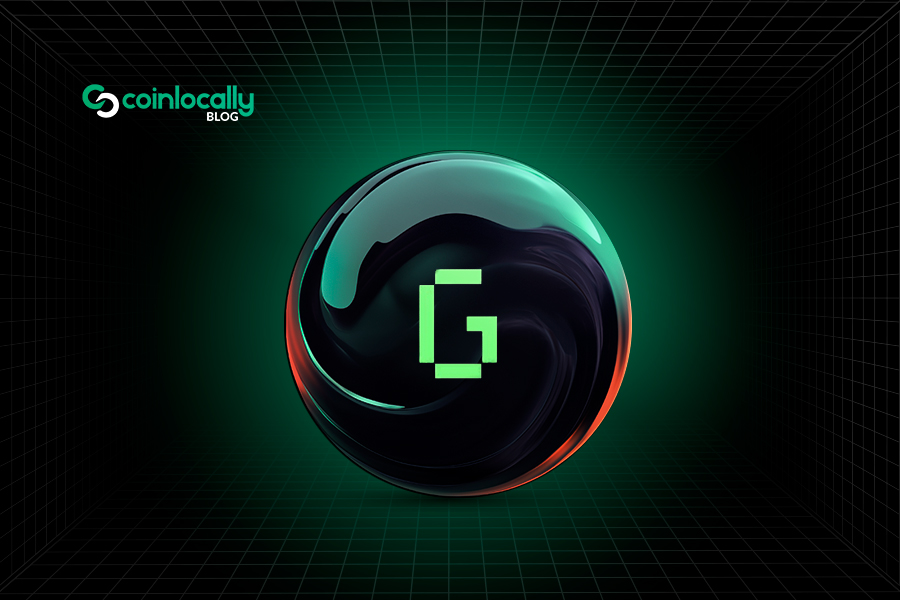Thruster Finance emerges as a pivotal decentralized exchange (DEX) within the burgeoning Blast ecosystem. Positioned as the liquidity core for the Blast Layer 2 network, Thruster aims to resolve persistent inefficiencies prevalent in decentralized finance (DeFi), including challenges in trading, liquidity management, and user experience. It offers a robust infrastructure supporting token swaps and liquidity provisioning while facilitating protocol integrations and maximizing yield opportunities for users and developers.
Built natively on Blast, Thruster Finance provides a smooth, high-efficiency trading experience for various participants, from retail users to institutional entities. Unlike traditional exchanges that depend on centralized order books, Thruster utilizes automated market maker (AMM) models to enable decentralized token swaps. This approach allows users to make on-chain trades of utility and governance tokens without interacting with potentially inefficient and manipulative order books. AMM protocols price deposited liquidity against preset curves that are continuously available. This automation grants traders easy access to liquidity for a wide range of assets, while liquidity providers (LPs) can earn trading fees on positions they permissionlessly deposit into the AMM.
Table of Contents
Key Features Setting Thruster Finance Apart
Thruster Finance distinguishes itself through a combination of innovative features designed to enhance the DeFi experience on Blast.
Advanced AMM Architecture
At its core, Thruster Finance employs a flexible AMM system as its operational backbone. Users interact with two primary liquidity models: the classic constant product (xy=k) pools and concentrated liquidity (CL) pools.
- Full-Range Pools (xy=k): These pools are well-suited for long-tail or low-liquidity tokens, offering 24/7 access to deep liquidity without requiring complex strategies from LPs.
- Concentrated Liquidity Pools (CL): Tailored for high-volume trading pairs and significant assets, CL pools allow more efficient capital utilization. LPs specify price ranges for their liquidity, aiming to maximize returns on deployed capital within those ranges.
This dual AMM approach gives Thruster Finance a competitive advantage, enabling projects and LPs to customize their strategies based on asset characteristics, trade volume, and user preferences.
Seamless Integration with Blast’s Native Yield
As a platform built on Blast, a high-performance Layer 2 network, Thruster Finance directly leverages the chain’s native yield mechanics. Blast differentiates itself by automatically accruing yield for users holding stablecoins or ETH. Thruster integrates this mechanism directly.
This means LPs and token holders engaging with Thruster earn trading fees and protocol incentives and receive automatic yield on their underlying base assets simply by participating in the ecosystem. This composability positions Thruster as a foundational DeFi primitive on Blast, contributing to more efficient capital use and deeper network liquidity.
Focus on User Experience and Discovery
Recognizing the fragmented nature of the current DeFi landscape, where users often navigate multiple platforms and sources for information, Thruster Finance strongly emphasizes user-centric design (UI/UX).
Thruster addresses this by integrating essential project information, governance details, social connections, and liquidity statistics into its application interface. This allows users to easily discover popular tokens, view live data, and connect with partner protocols without leaving the DEX environment. This smooth, integrated experience enhances user decision-making and exploration within DeFi by reducing friction and the need to juggle external platforms.
Thruster Finance: A Blast-Native DEX
Thruster Finance is explicitly designed as the flagship decentralized exchange for the Blast ecosystem. As a first-class citizen of this Layer 2 network, I know it offers native support for primary Blast tokens and integrates seamlessly with Blast incentives. It provides tailored solutions for different participants within the ecosystem, including passive and active liquidity providers, protocols launching new tokens, and users aiming to earn Blast points. The platform is a vital building block for the future of DeFi on Blast.
Opportunities for Liquidity Providers
Thruster Finance offers compelling reasons for liquidity providers to deploy capital on its platform. It provides enhanced tools specifically designed to optimize LP returns. LPs benefit from deploying capital with greater control and efficiency using the available full-range and concentrated liquidity pools.
Key benefits for liquidity providers on Thruster Finance include:
- Auto-yield accrual from Blast: LPs automatically earn yield on their base assets due to Thruster’s native integration with Blast.
- Customizable fee tiers: LPs can utilize customizable fee tiers per pool, allowing for strategies based on expected volatility and trading volume.
- Dashboard visibility: Thruster provides dashboards offering visibility into key metrics such as APR, volume, and impermanent loss, helping LPs monitor their positions.
Furthermore, protocols launching on Blast often incentivize seed liquidity on Thruster, making it an attractive venue for early supporters and strategic partners.
Yield Farming and Protocol Incentives
Thruster Finance offers yield farming campaigns, community airdrops, and protocol incentive mechanisms to encourage adoption and liquidity growth. These rewards can be native to Thruster or co-launched with partners, depending on the campaign. Participants who stake LP tokens or provide liquidity to whitelisted pairs become eligible for token emissions, bonus points, and potential future governance participation. These programs not only benefit early adopters but also contribute to creating a self-sustaining liquidity cycle across the Blast ecosystem. The conclusion of a main airdrop event on Thruster Finance saw a subsequent decline in platform metrics.
Governance with veTHRUST
Thruster Finance plans for decentralized governance through a vote-escrowed token system known as veTHRUST (Vote Escrowed Thrust). This model empowers long-term token holders to influence the allocation of protocol emissions.
Here is how governance works:
- Users lock their THRUST tokens to receive veTHRUST.
- Holding veTHRUST grants voting power on gauge weights, allowing users to direct emissions to their preferred liquidity pools.
- Participants earn incentives and accumulate voting power over time by engaging in this system.
This governance framework aims to align the protocol’s liquidity needs with active community participation. Thruster expects to expand its governance plans to include more integrations, support for synthetic assets, and cross-chain capabilities as the Blast ecosystem evolves.
Thruster Spaceport: A Launch Hub for Blast Native Teams and Tokens
Moreover, Thruster Finance supports developers and protocols building on Blast through Thruster Spaceport. This platform is a launch hub designed to assist new tokens in onboarding with optimized liquidity strategies, community distribution, and aligned emissions. Thruster Spaceport caters to founders who aim to build and grow effectively within the Blast ecosystem from day one. By providing these tools, Thruster acts as an infrastructure layer, connecting protocols and enhancing liquidity across the board.
Audit and Security Measures
Thruster Finance emphasizes security, implementing measures like smart contract audits. The core AMM has undergone three audits by reputable firms: Code4rena, Sparkware (whose founder is a top Code4rena/Cantina auditor), and Peckshield. Critically, all three audits found NO MEDIUM OR HIGHER ISSUES WITH THE AMM CODE. Additionally, Thruster’s gauge contracts received an audit from Halborn. Technical founder friends and Thruster partners have also peer-reviewed the contracts.
While these audits provide assurance, users should always conduct their own research and understand the inherent risks in DeFi. The protocol is provided “as-is” and “as-available” without warranties, and contributors are not liable for issues arising from code vulnerabilities or network problems. Users finding any bugs in the codebase should contact [email protected].
Risks Associated with Using the Protocol
Using any decentralized protocol involves risks, and Thruster Finance outlines potential risks for users. This disclosure document provides an overview, but users should conduct thorough research and seek professional advice.
Key risks include:
Technical and Security Risks
These encompass smart contract code risks, where errors or vulnerabilities could lead to unintended outcomes or financial loss, as smart contracts are immutable once deployed. Network and protocol risks, such as technical issues, failures, or consensus attacks on the decentralized blockchain network, could disrupt operations or cause asset loss.
Economic and Financial Risks
The protocol may face economic attacks, including front-running or oracle manipulation. Users are responsible for understanding these risks before engaging.
Operational and Governance Risks
Governance decisions made by the community or other decentralized mechanisms could impact the protocol’s functionality, fees, or other aspects. Contributors are not responsible for governance outcomes. Upgrades, forks, or other changes to the protocol could affect its operation or compatibility. Users should stay informed about such developments.
Users bear significant responsibilities, including conducting due diligence on the technology and risks. They must implement appropriate security measures to protect private keys and wallets, as contributors are not liable for losses due to user negligence. Seeking independent legal, financial, and technical advice before using the protocol is encouraged.
The contributors limit their liability for any damages or losses arising from the protocol’s use to the fullest extent permitted by law.
Navigating the Competitive DeFi Landscape
Thruster Finance operates within a highly competitive DeFi sector. Recent discussions, such as those on Reddit, highlight the challenges protocols like Thruster face. Thruster Finance is a key liquidity provider in the Blast ecosystem. Its Total Value Locked (TVL) has dropped to $199.87 million. This is the lowest point since March. This decline reflected broader struggles within the Blast network and indicated weakening liquidity, raising concerns about Thruster’s ability to compete. The downturn was contrasted with industry leaders like Lido Finance, MakerDAO, and Aave, which command significantly higher TVLs and offer more established services. Competing with these giants presents a formidable challenge.
Commenters acknowledged the difficulty of keeping up with industry leaders and suggested that market downturns also play a role. Some expressed that competition is necessary to prevent dominance by large entities like Lido. Despite the TVL drop, some community members expressed optimism that Blast and Thruster could recover, especially as market sentiment improves after initial airdrop incentives are concluded. Thruster was also noted as a preferred DEX for some users on Blast.
Thruster Finance Airdrop
Community airdrops are part of Thruster Finance’s yield farming program. They aim to encourage adoption and grow liquidity. These campaigns reward participants for providing liquidity or staking LP tokens. Discussions on Reddit noted that numbers on the platform were expected to decline after the conclusion of the main airdrop.
Making Swaps on Thruster Finance
Performing a token swap on Thruster Finance involves a straightforward process. Here are the steps users follow to make a swap:
Connect Wallet
Users connect their cryptocurrency wallet to the Thruster interface, typically in the top right-hand corner. This acts as the user’s Thruster finance login or access point.
Select Tokens
Users choose the tokens they wish to swap from and to. Thruster supports a wide range of tokens.
Enter Swap Details
Users input the token amount they want to swap. The platform automatically calculates the estimated amount of the other token based on current market rates and available liquidity.
Adjust Slippage Tolerance (Optional)
Users can adjust the slippage tolerance to ensure their swap executes within a specific price range.
Approve Token Spending (if required)
If users trade a particular token on Thruster for the first time, they may need to approve the protocol’s smart contract to spend it from their wallet.
Confirm Transaction
Users review the transaction details, including estimated gas fees, and then approve the transaction through their connected wallet. Confirming initiates the swap.
Wait for Confirmation
Users wait for the transaction to be processed and confirmed on the Blast blockchain. This usually takes just a few seconds.
Transaction Complete
Once confirmed, the tokens are swapped according to the user’s instructions, and the exchanged tokens appear in their wallet.
View Transaction
Users can view the transaction details on the Blast blockchain explorer by clicking “View transaction”.
Done! The swap is successfully completed. Users can perform additional swaps as needed.
This step-by-step guide illustrates how users can easily execute a Thruster finance swap on the platform.

Thruster Finance Review
The sources view Thruster Finance as an innovative and essential platform for the Blast ecosystem. However, it’s impossible to quote a user review. The source for user reviews indicates that none have been left yet.
However, based on the information available, a review would highlight its strengths:
- It functions as a native dex for the Blast ecosystem.
- It integrates Blast’s native yield mechanics, providing an automatic yield component for LPs and token holders.
- Its dual AMM architecture (Constant Factor and Concentrated Liquidity) offers flexibility for different assets and LP strategies.
- It focuses on improving the user experience by integrating relevant information directly into the platform, simplifying discovery and engagement.
- It offers specific tools and incentives for liquidity providers and supports blast native teams launching on the network via Thruster Spaceport.
- The auditing team has completed multiple audits of the core AMM code and found no high-severity issues.
Conversely, a review might also address its challenges, such as the recent TVL decline and the difficulty competing with established, large-scale DeFi protocols. The lack of existing user reviews on platforms like the Ethereum Ecosystem could also be noted.
Community Engagement and Thruster Finance on Reddit and Discord
The Reddit thread discussing Thruster Finance’s TVL plunge provides insight into community perception and discussion surrounding the platform. While much of the commentary is lighthearted or speculative, it shows awareness of Thruster’s position within the Blast ecosystem and its challenges. The thread indicates that members of the r/ethtrader community are discussing Thruster and its performance relative to other protocols. This source explicitly covers Thruster finance Reddit activity.
The Coinlocally articles mention Discord as one of the platforms users use to research and engage with protocols. Thruster Finance aims to simplify this by integrating information into its app. However, the articles do not provide specific details about Thruster Finance’s official Discord server, community size, or discussions.
Conclusion
Thruster Finance positions itself as a key liquidity engine powering the future of DeFi on the Blast Layer 2 network. By combining AMM innovation, native chain yield integration, and a strong focus on user experience, it strives to set a new standard for modern DEXs.
It serves as an infrastructure layer connecting protocols, enhancing liquidity, and rewarding participation across the ecosystem. For traders, Thruster offers quick swaps and low slippage. Developers can utilize their tools to launch tokens and grow within the Blast ecosystem. Liquidity providers seeking to maximize yield find tools designed to meet their needs, benefiting from Blast’s auto-yield and customizable LP strategies.
Thruster Finance is creating new incentives, partnerships, and plans to implement decentralized governance. The goal is to become a key player in the upcoming wave of DeFi growth within the Blast ecosystem.
Despite facing challenges in a competitive market, as seen in discussions about its Total Value Locked (TVL), Thruster Finance has a strong foundation. Its design and native integration with Blast’s unique features position it as a leading decentralized exchange (DEX).




